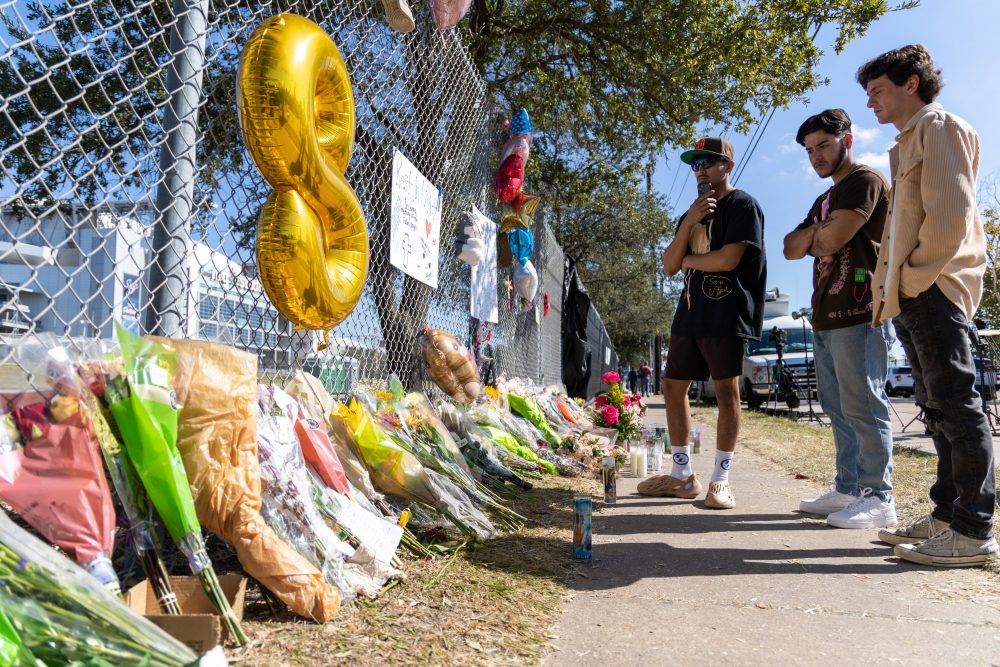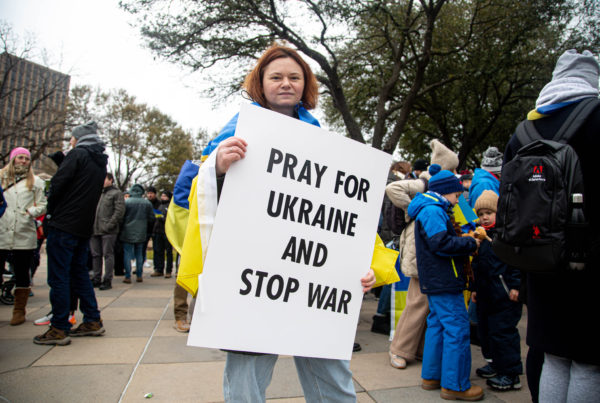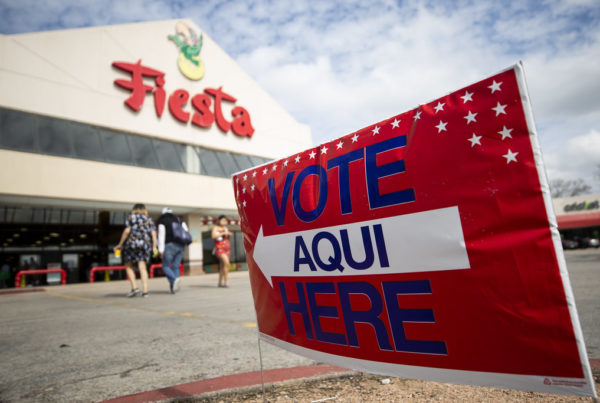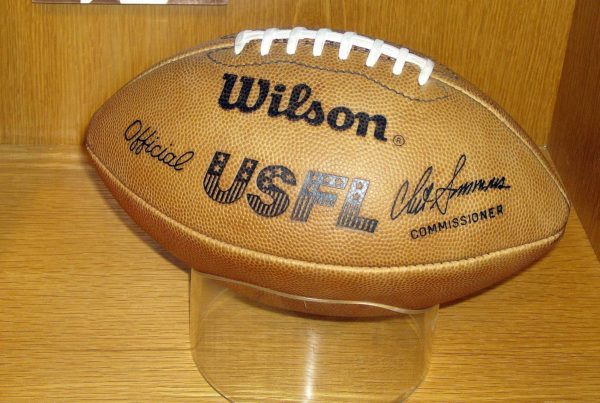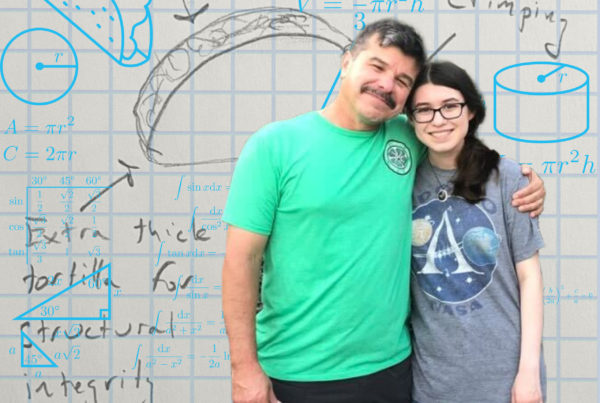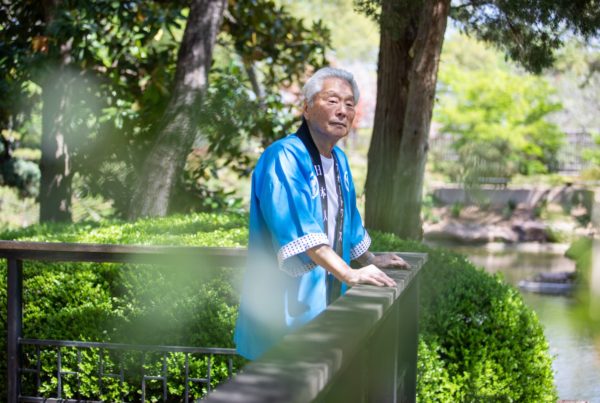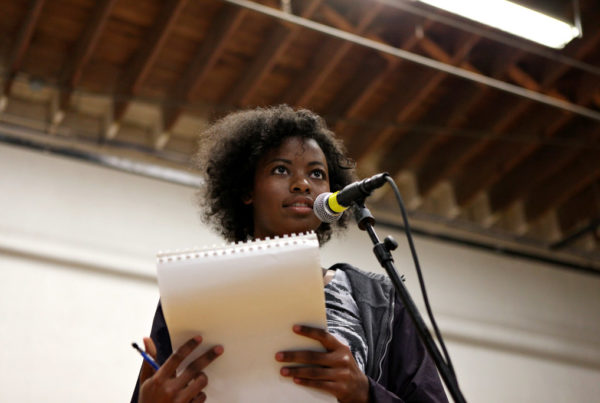Gov. Greg Abbott’s Texas Task Force on Concert Safety has released its findings on the deadly Astroworld Festival last November. A crowd crush at rapper Travis Scott’s Houston festival left 10 dead, including a 9-year-old boy, prompting the state to look at guidelines around mass gatherings and offer suggestions for improvement.
The report identified several elements that contributed to the mass-casualty incident, including a lack of a uniform permitting process for concerts.
Brendon Anthony, director of the Texas Music Office in the Office of the Governor, spoke to the Texas Standard about the Task Force’s findings and recommendations for how to improve event safety in Texas. Listen to the interview above or read the transcript below.
This transcript has been edited lightly for clarity:
Texas Standard: Tell us a little bit about this task force and who was actually involved in putting this report together.
Brendon Anthony: The task force was formed in response to the November 5 disaster at Astroworld. We convened fairly quickly thereafter and began to hold meetings with industry experts, both on the public safety side and on the concert promotion side. Listed in detail were many of the agencies and individuals who contributed to the report. Our goal was not as much to investigate the disaster itself – the tragedy itself – but we did keep that in mind at every meeting, why we were meeting the intent of the meeting. But our goal was to look forward and to make sure that we had clearly enumerated many of the bedrock ways to have a successful mass gathering in Texas.
Of course, when you’re coming up with those guidelines, you have to look to some degree into the past. Were there certain things that you found as you went over what happened there that clearly went wrong – that that could have been one differently and that should be done differently moving forward
Yes, absolutely. In fact, we mentioned in the document that we want to identify gaps. Most of the recommendations are general. But we did look to the past and we did look to this event and we pointed out several key areas in which things could have been improved, and things that should be improved going forward. And those have to do with unified on-site command and control, permitting, training, planning and risk assessment. And we wanted to create a centralized resource for a lot of these pieces of documents, so that people could easily access them.
Unified command and control – I think that a lot of people in the immediate aftermath of that tragedy pointed to not knowing exactly who was in charge, who was supposed to be leading the response. And that sort of thing was that is that something you’re trying to address with these new recommendations?
Yes, absolutely. As a rule, when you’re bringing this many people together, there should be a clear understanding of who has jurisdiction and who is in charge. And generally, when you put together an event like this, you build out that unified command structure to include those agencies that will report when a 911 call goes out. It’s a mix of things, and we did identify some gaps that we saw.
Let me ask you about the role of the performer or the artists who appear. We’ve seen a proliferation of music festivals in Texas, some of the biggest in the nation. How do you get there buy-in, their involvement early on? Which, again, was something that was an issue at the Astroworld Festival?
Well, we mentioned in the report that we’re kind of all in this together. Promoters and artists should work together in several very important ways: to create a safe concert going environment generally. And then as the concert is going along, representatives of that artist and representatives of that promoter, or the promoter themselves or those present in the unified chain of command, should keep a constant sense of the pulse of the activity going on in front of that performer and keeping him or her up to date if changes are happening that could negatively affect people’s public safety and their health. So those are very general concepts, but we should have conversations with artists about how we protect those who are standing in front of them. And they should want to help protect those that are standing in front of them, I think generally, as a rule,
I presume that there will be some effort to communicate these guidelines to city officials, to entertainers, to management companies? What’s the next step?
Well, I would personally like to make sure that everyone who is involved in the effort of creating mass gatherings in the state take a look at this report. And if they have questions, they can contact me or any of the people who contributed to it. I would like to create a more robust conversation around how we create transparency in permitting how we improve permitting, how we improve training for public officials who are tasked with overseeing these types of mass gatherings, all in an effort to create a safer mass gathering and concert-going experience in the state of Texas. We do not want to see a tragedy like this happen again, for want of preparedness, for lack of unified chain of command, lack of permitting, lack of training, lack of planning. That should not happen again.


